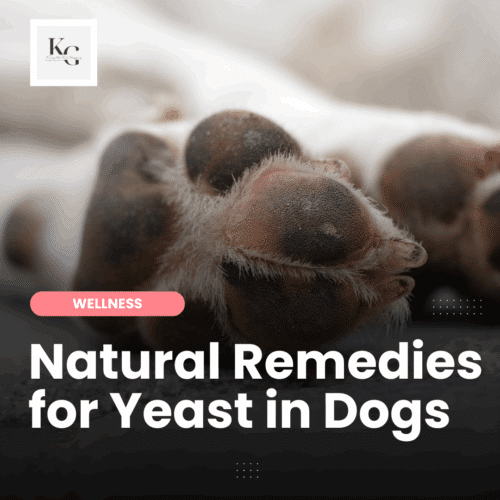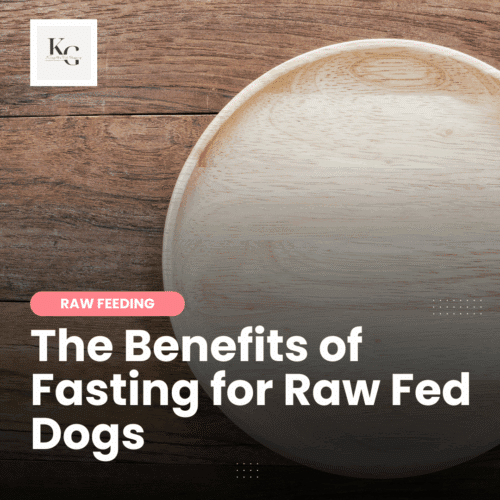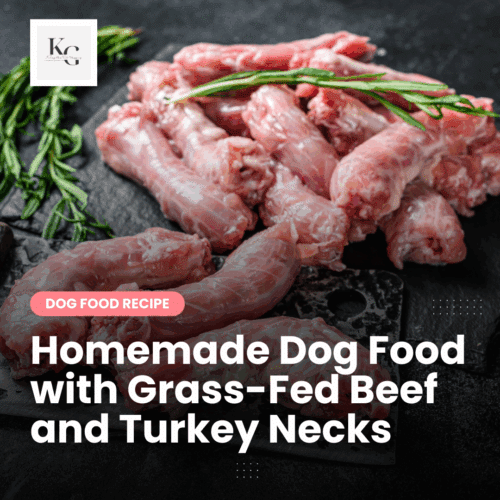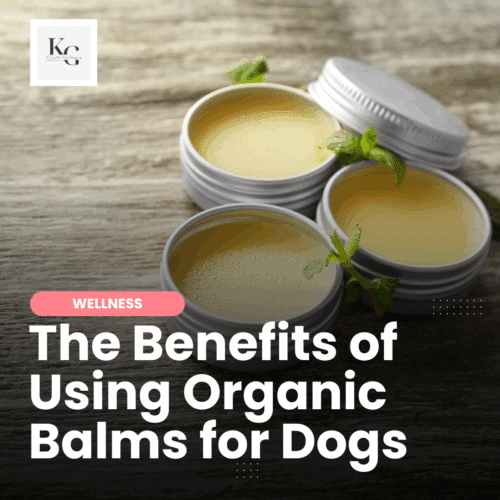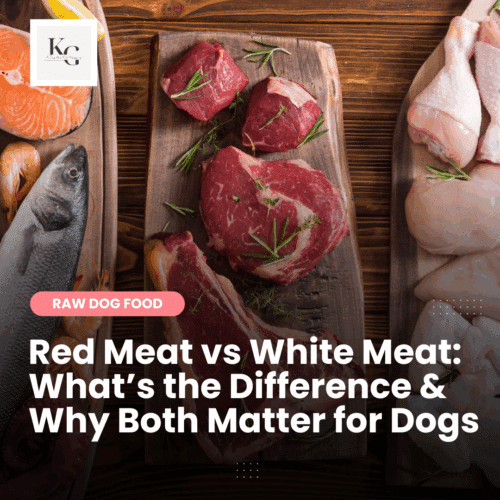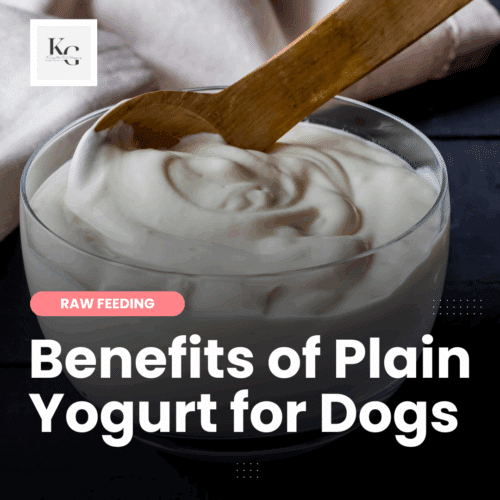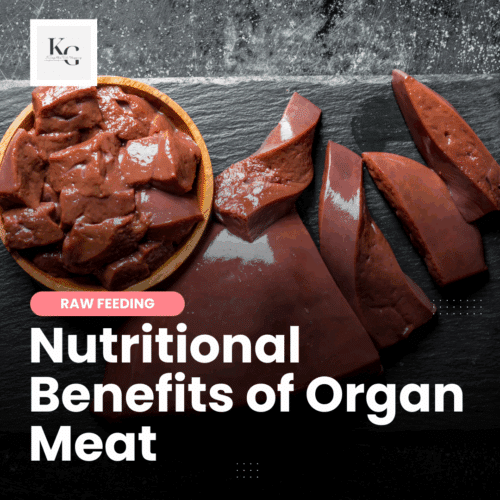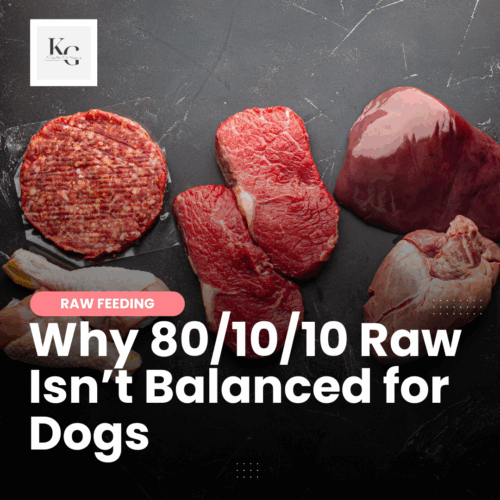Keep the Tail Wagging is supported by pet parents. I occasionally earn a commission (at no additional cost to you) when you click through an affiliate link to one of my favorite products. Thank you for your support. Read More
When feeding a homemade raw diet, I believe it's essential to feed a variety of proteins, switching up my dog food recipe weekly. I added chicken to the rotation earlier this year when I began feeding more raw meaty bones. Unfortunately, feeding chicken regularly to my dogs isn't an option due to sensitivities, but there are excellent alternatives, including:
- guinea hen
- cornish game hen (which is just a small chicken)
- pheasant
I recently tried pheasant with my dogs, and I was pleasantly surprised by how well my dogs did on this protein.
Chicken and pheasant are both types of poultry, but their differences may make pheasant an alternative for dogs with a chicken sensitivity. Chicken is a domesticated bird, commonly bred for consumption, while pheasant is a wild game bird. I've read that pheasant has a rich, gamier taste. Additionally, pheasant meat tends to be leaner and darker, with a firmer texture.
Nutrient Profile of Pheasant
Pheasant is a type of lean game bird; while the specific nutrient content can vary, here is a general overview of the nutrients typically found in pheasant:
Protein: Pheasant is an excellent source of high-quality protein, providing all essential amino acids necessary for muscle maintenance, repair, and overall growth.
Vitamins: Pheasant contains various vitamins, including vitamin B6, B12, niacin, thiamine, and riboflavin. These vitamins are important for energy production, nervous system function, and overall cellular health.
Minerals: Pheasant is rich in iron, zinc, phosphorus, selenium, potassium, and manganese. These minerals support immune function, red blood cell production, bone health, and electrolyte balance.
Low-Fat Content: Pheasant meat is generally lean, making it a favorable choice for dogs that need a lean or lower-fat diet due to breed, health issues, or maintaining a healthy weight. Pheasant contains significantly less fat than other poultry options like chicken and turkey.
Omega-3 Fatty Acids: Pheasant, especially those raised on a natural diet, may contain higher levels of beneficial omega-3 fatty acids. Omega-3s offer numerous health benefits, such as reducing inflammation, supporting heart health, and promoting cognitive function.
Alternative to Chicken: Pheasant can be an appealing alternative to chicken, providing a different taste and texture.
Food Energetics: Like chicken, pheasant is a warming protein.
Sources for Pheasant
I only have one source of pheasant – I order it ground, by the case, through my local raw food co-op. I'm still looking for a second source as a backup.
Pheasant Raw Dog Food Recipe w/ Base Mix
I make dog food in bulk, and all the recipes include a base mix by Dr. Harvey's to create a nutritionally complete meal for my dogs. I alternate the main protein weekly to offer variety and balance over time.
Ingredients
- 20 lbs Pheasant (includes ground pheasant meat, pheasant bones, pheasant hearts, pheasant liver)
- 8 lbs Beef Organ Blend (includes beef heart, tongue, lungs, liver, spleen and pancreas with green tripe)
- 3 cups Dr. Harvey's Raw Vibrance or Paradigm
- 2 cans of boiled oysters (not smoked)
Directions
- hydrate the base mix
- mix all of the ingredients in a large bowl (I use a 20-quart stock pot)
- transfer to freezer-safe containers
- freeze until ready to feed
- feed based on your dog's body weight
This recipe feeds three dogs weighing 55-80 lbs; I use a raw feeding calculator to determine how much to feed and adjust the amount based on each dog's response (gaining/losing weight). I couldn't replicate this recipe in Animal Diet Formulator because the software doesn't contain pheasant organ meat and bone.
Why I Add a Base Mix to a Dog Food Recipe
While raw food diets are healthier than processed dry dog food, and nutrients are more bioavailable, a homemade raw diet may have deficiencies that can cause problems over time. I use a base mix in my formulations and alternate proteins and other ingredients weekly to avoid this risk.
Common nutrients that are deficient in a raw food diet include…
Calcium: Raw diets typically rely on bones as a source of calcium. If the bone content is insufficient or inconsistent, dogs may develop a calcium deficiency, leading to skeletal issues, weakened teeth, and muscle problems.
Phosphorus: Phosphorus works in conjunction with calcium to maintain bone health. If the raw diet lacks adequate phosphorus or has an imbalanced calcium-to-phosphorus ratio, it can cause skeletal abnormalities and other health issues. The proteins in my dogs' diet provide phosphorus.
Omega-3 Fatty Acids: Raw diets may sometimes be deficient in omega-3 fatty acids, essential for dogs' immune systems, joint health, and overall well-being. Sources of omega-3 fatty acids I include in my dogs' raw diet include fish such as salmon, sardines, mackerel, and salmon oil supplements.
Vitamins and Minerals: Depending on the variety of proteins and vegetables included in the raw diet, dogs may be at risk of deficiencies in specific vitamins and minerals such as vitamin D, vitamin E, zinc, or copper. Regular supplementation or a diverse diet can help address these deficiencies.
Fiber: Raw diets based primarily on meat may lack sufficient fiber, crucial in maintaining healthy digestion and preventing constipation. Including vegetables, fruits, or other sources of fiber in the diet can help address this deficiency. The base mix I use is rich in vegetation, which provides various nutrients, including fiber.
Formulating a balanced raw diet using only food can be challenging, especially when trying to “balance” to NRC or AAFCO standards without software. Using a base mix gives me more confidence that my dogs get what they need in their diet and makes it possible to feed raw without driving myself crazy about “doing it right.”
Animal Diet Formulator – Pheasant Recipe
Ingredients:
- 5 lbs pheasant (raw meat only)*
- 1 lb beef heart
- 0.75 lb beef liver
- 0.75 lb beef kidney
- 2.7 lbs duck necks
- 1.5 lbs green leafy vegetables
- 7.5 oz canned oysters
- 4.87 oz mussels
- 2.36 oz canned salmon
- 1/2 tbsp Life Line dried kelp
- 2 whole chicken eggs
- 3 tbsp hemp seeds
- 2 drops of Vitamin E oil
*Pheasant with bone wasn't an option in the ADF software.
Homemade Dog Food Recipe without a Base Mix
If you don't have access to or don't want to use a base mix, you can try the following recipe derived using the Feed Real Calculator. This recipe is a one-meal recipe, not a bulk recipe.
- 17.6 oz (1.1 lbs) pheasant
- 2.24 oz (0.14 lbs) vegetables (kale, collard greens, cabbage, carrots, green beans, zucchini, squash, etc.)
- 1.12 oz (0.07 lbs) beef, pork or lamb liver
- 1.12 oz (0.07 lbs) kidney, spleen, sweetbread



